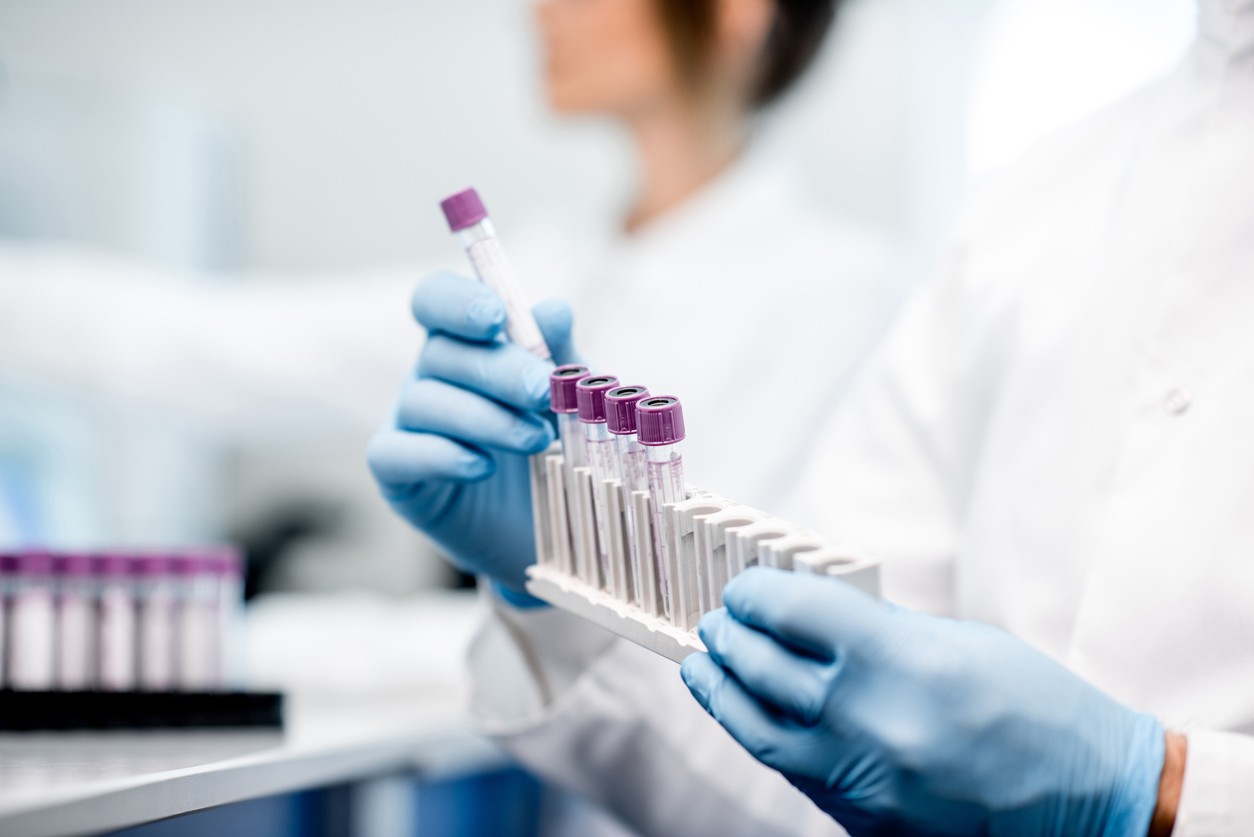BPC-157, which stands for Body Protection Compound, also known as Bepecin and PL10, is a stable synthetic gastric peptide comprising fifteen amino acids, forming a pentadecapeptide. Notably, BPC-157 has no structural resemblance to natural gastric peptides, being a synthetic variant derived from gastric juice. Despite its synthetic nature, BPC-157 purportedly exhibits enhanced stability, enduring gastric acid breakdown for a minimum of 24 hours.
Research in BPC-157 Peptide
BPC, being a naturally occurring element in the body, has been suggested, in various research studies on animal models, the potential to enhance tissue repairing processes. Its potential efficacy extends beyond intestinal repair, showcasing similar reparative outcomes in various body tissues. Studies on the healing mechanisms of BPC-157 suggest an association, to some extent, with Growth Hormone.
In terms of fibroblast activity, research findings propose that BPC-157 peptide concentrations may impact the relocation of fibroblasts, potentially prompting the migration of more fibroblasts with elevated BPC levels. Earlier studies have hinted at BPC-157’s role in managing collagen fragments, affecting Fibroblasts’ function and influencing the deposition and maintenance of collagen. Scientific data indicates that BPC-157 may significantly accelerate fibroblasts’ migration, potentially leading to a threefold increase in fibroblast reproduction following exposure.
Regarding tendon healing, studies suggest that BPC-157 contributes to the enhanced recovery of transversely cut rodents’ Achilles tendons, restoring the entire integrity of the tendon. Similar effects were observed in the case of ligament injuries in rodents, with injuries healing within three months of surgical intervention after exposure to BPC-157.
Research findings also propose that BPC-157 may potentiate a positive impact on brain healing, particularly in cases of inflammation, hemorrhage, and edema, as well as traumatic brain damage and severe brain pathologies resulting from gastrointestinal/liver lesions or insulin and NSAID overdose. BPC-157’s speculated benefits extend to aiding in the healing of blood vessel damage, showcasing potential for angiogenesis (the formation of new blood vessels) and inhibiting and reversing the formation of blood clots due to abdominal aorta anastomosis.
Research suggests that BPC-157 acquires significant healing properties in various tissues such as skeletal muscles, bones, tendons, and ligaments. Additionally, they propose that BPC-157 might play a role as a promoter or modifier of the body’s natural healing system. In speculative terms, BPC-157 peptide is associated with various physiological action, including bone healing, repairing skin damage, muscle injury, and healing the sciatic nerve.
Disclaimer: The products mentioned are not intended for human or animal consumption. Research chemicals are intended solely for laboratory experimentation and/or in-vitro testing. Bodily introduction of any sort is strictly prohibited by law. All purchases are limited to licensed researchers and/or qualified professionals. All information shared in this article is for educational purposes only.






